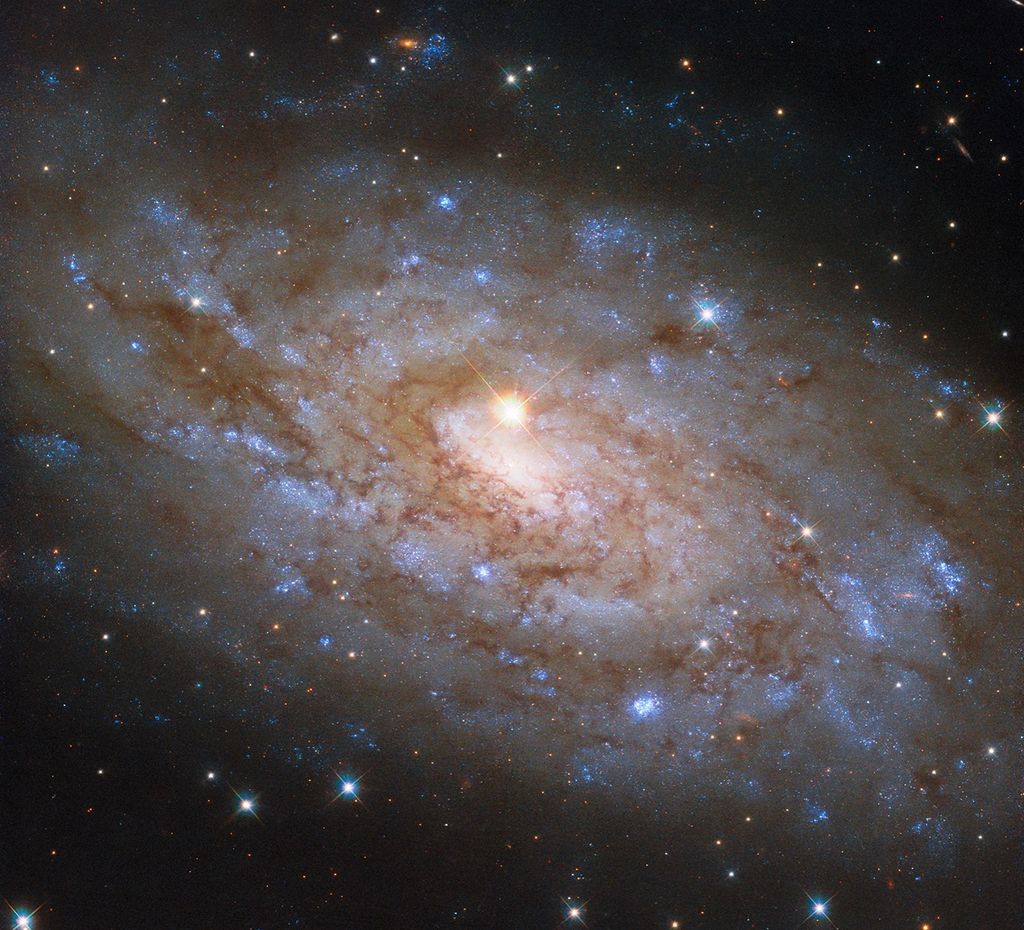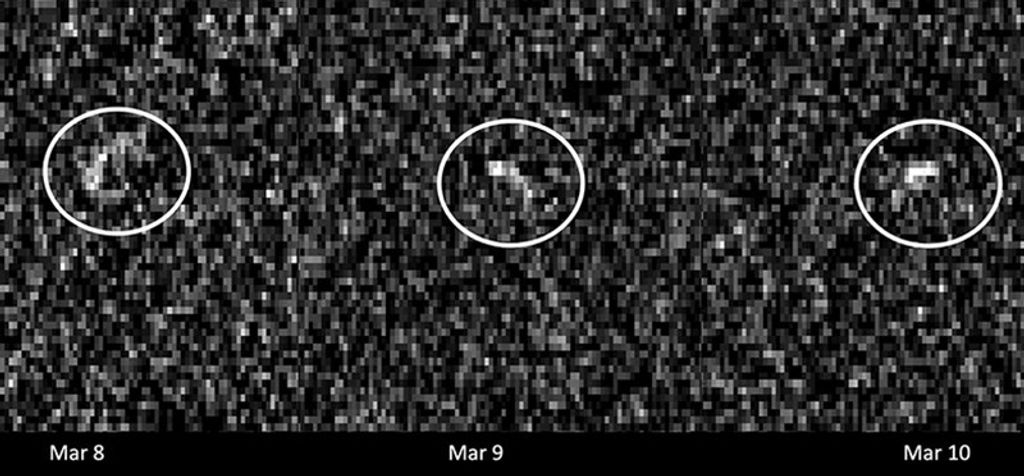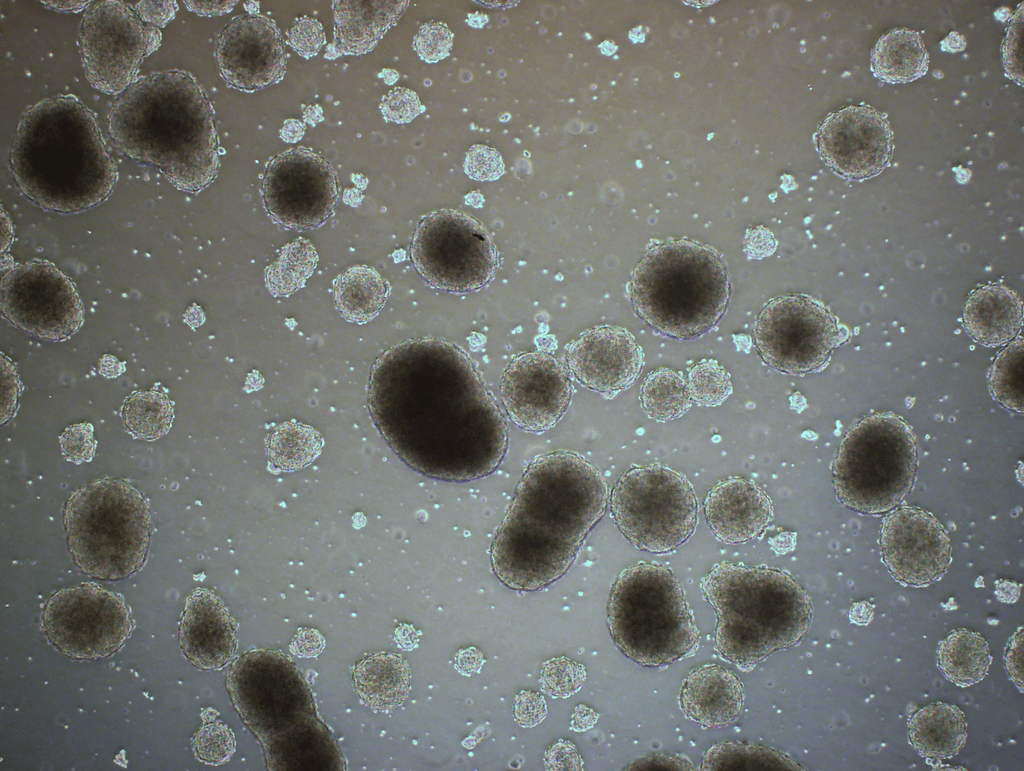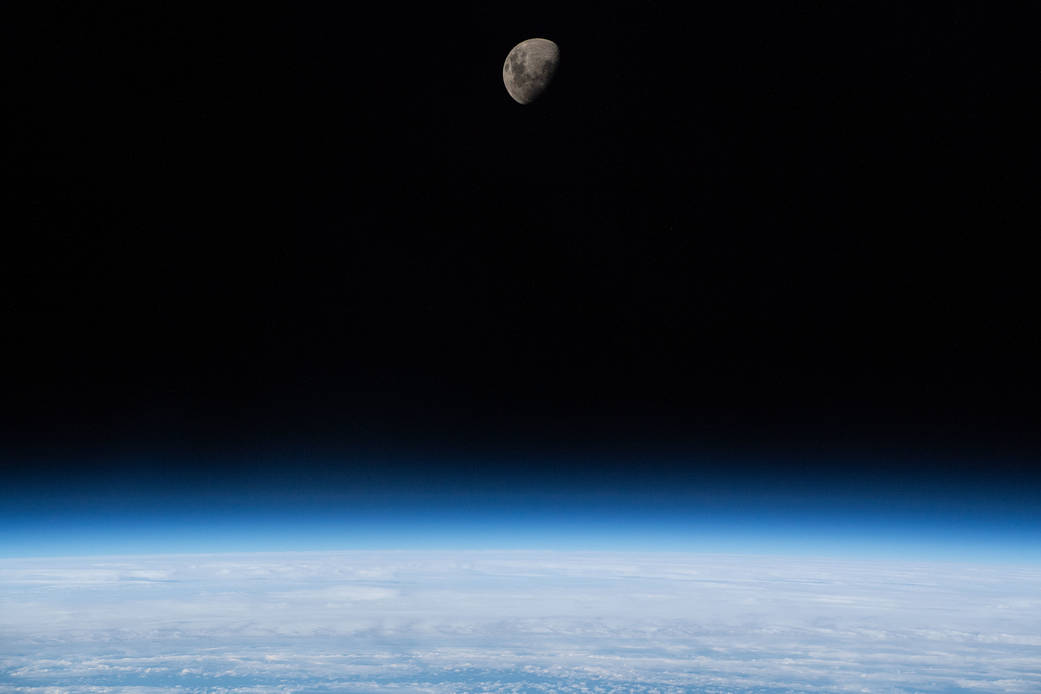A waxing gibbous Moon is seen above Earth’s limb as the International Space Station was orbiting 266 miles above the South Atlantic Ocean.
Speaking of the Moon, from Earth on the night of March 20, the last supermoon of 2019 will be visible in the night sky, coinciding with the spring equinox. What’s so special about a supermoon? Indeed, what is a supermoon?
The term “supermoon” was coined in 1979 and is used to describe what astronomers would call a perigean (pear-ih-jee-un) full moon: a full Moon occurring near or at the time when the Moon is at its closest point in its orbit around Earth.
Tonight’s supermoon is the third and final supermoon of 2019. The first was on Jan. 21, and the second was on Feb. 19.
In this image, the Moon is waxing or growing bigger. Gibbous means that it is less than a full Moon, but larger than the Moon’s shape in its third quarter.
Image Credit: NASA































